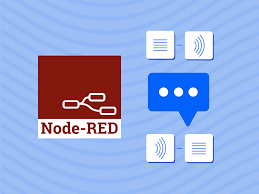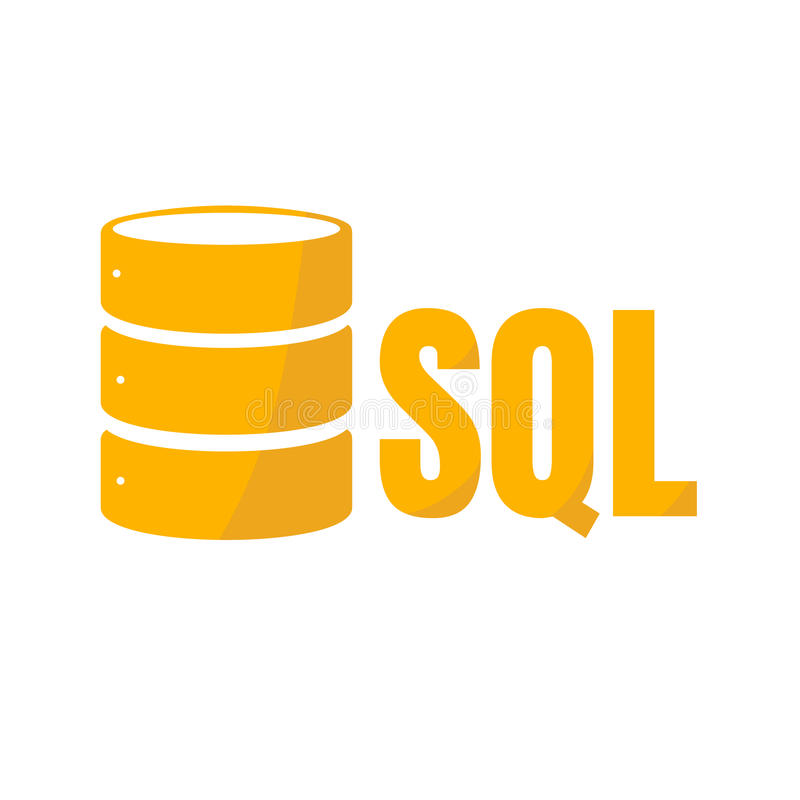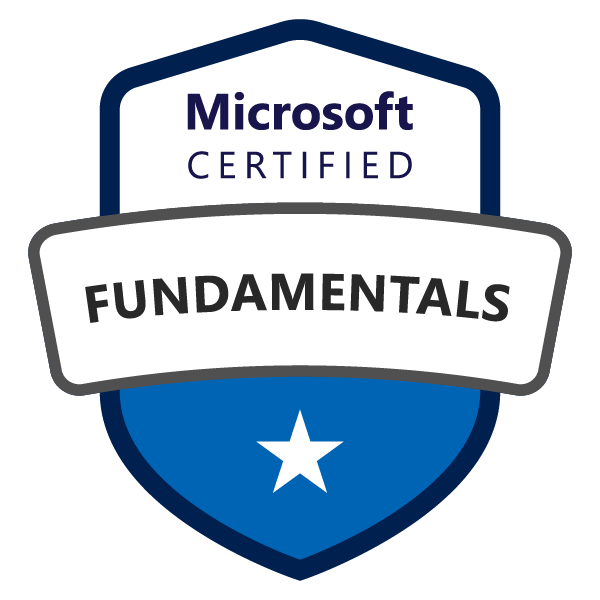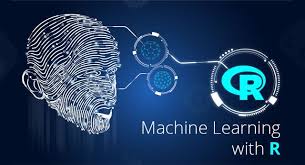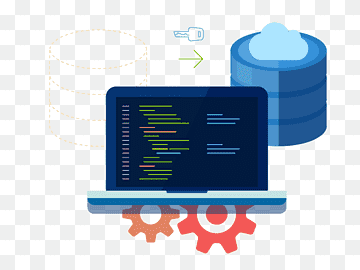
Database Management
Description
A relational database management system (RDBMS) is a collection of data items with pre-defined relationships between them. These items are organized as a set of tables with columns and rows. Tables are used to hold information about the objects to be represented in the database.
This course explains about advance concepts of RDBMS , MYSQL, SQLite, Data Models , JDBC and Entities
1. Module 1: Understanding Database Concepts
• Introduction
• Tables
• Primary and Foreign Keys
• Installation of SQLite
• Installation of DB2 database
• Installation of MYSQL
2. Module 2: Understanding Database Storage
• Introduction
• Indexes and How they are used in databases
• Configure non-clustered indexes
• Configure clustered indexes
• Exercise 3.
Module 3: Entities and Relationships
• Introduction
• Entities and Their Attributes
• Domains
• Basic Data Relationships
• Documenting Relationships
• Dealing with Many-to-Many Relationships
• Relationships and Business Rules
• Data Modeling Versus Data Flow
• Schemas
4. Module 4: The Relational Data Model
• Introduction
• Understanding Relations
• Primary Keys
• Representing Data Relationships
• Views
• The Data Dictionary
• Categories of Data Dictionary
• Functions of Data Dictionary
5. Module 5: Normalization
• Translating an ER Diagram into Relations
• Normal Forms
• First Normal Form
• Second Normal Form
• Third Normal Form
• Boyce-Codd Normal Form
• Fourth Normal Form
• Fifth Normal Form
• Sixth Normal Form
6. Module 6: Database Design and Performance Tuning
• Introduction
• Indexing
• Clustering
• Partitioning
7. Module 7: Creating Database Objects
• Understand data definition language (DDL
) • Choose appropriate data type
• Exercise : Create Tables
• Exercise : Create Views
• Exercise : Create Stored Procedures and Functions
• Exercise : Create Triggers
8. Module 8: Manipulating Data
• Introduction
• Understand data manipulation language (DML)
• Exercise - Read data using SELECT statements
• Now let’s try querying the values inserted
• Exercise - Query Multiple tables with join statements
• Exercise - Use UNION and INTERSECT statements
• Exercise - Add data using INSERT statements
• Exercise - Change data using UPDATE statements
• Exercise - Remove data using DELETE statements
9. Module 9: JDBC As The Fundamental Java API
• Introduction
• JDBC basics
• Exercise 1 : Create database and Connecting to table using Java API
• Exercise 2 : CRUD OPERATION using Java API
10. Module 10: JPA as the JAVA ORM API
• Introduction
• From JDBC to JPA
• Exercise: CRUD Operations
11. Module 11: Database Security
• Introduction
• Sources of External Security Threats
• Sources of Internal Threat
• External Remedies
• Internal Solutions
• Exercise 1 : Set Permissions On Database
12. Module 12 : Understanding Database Backup And Restore
• Introduction
• Understand different types of backups
• Exercise 1 - Create and verify backups
• Exercise 2 - Restore a database
• Define a backup and recovery strategy
13. Module 13: Introduction To Mysql
• Introduction To Mysql
• Create Tables
• Drop Tables
• Insert Query
• Select Query
• Where Query
• Update Query
• Delete Query
• Like Clause
• MySQL JOIN

FAQs?
No FAQs available for this category.













